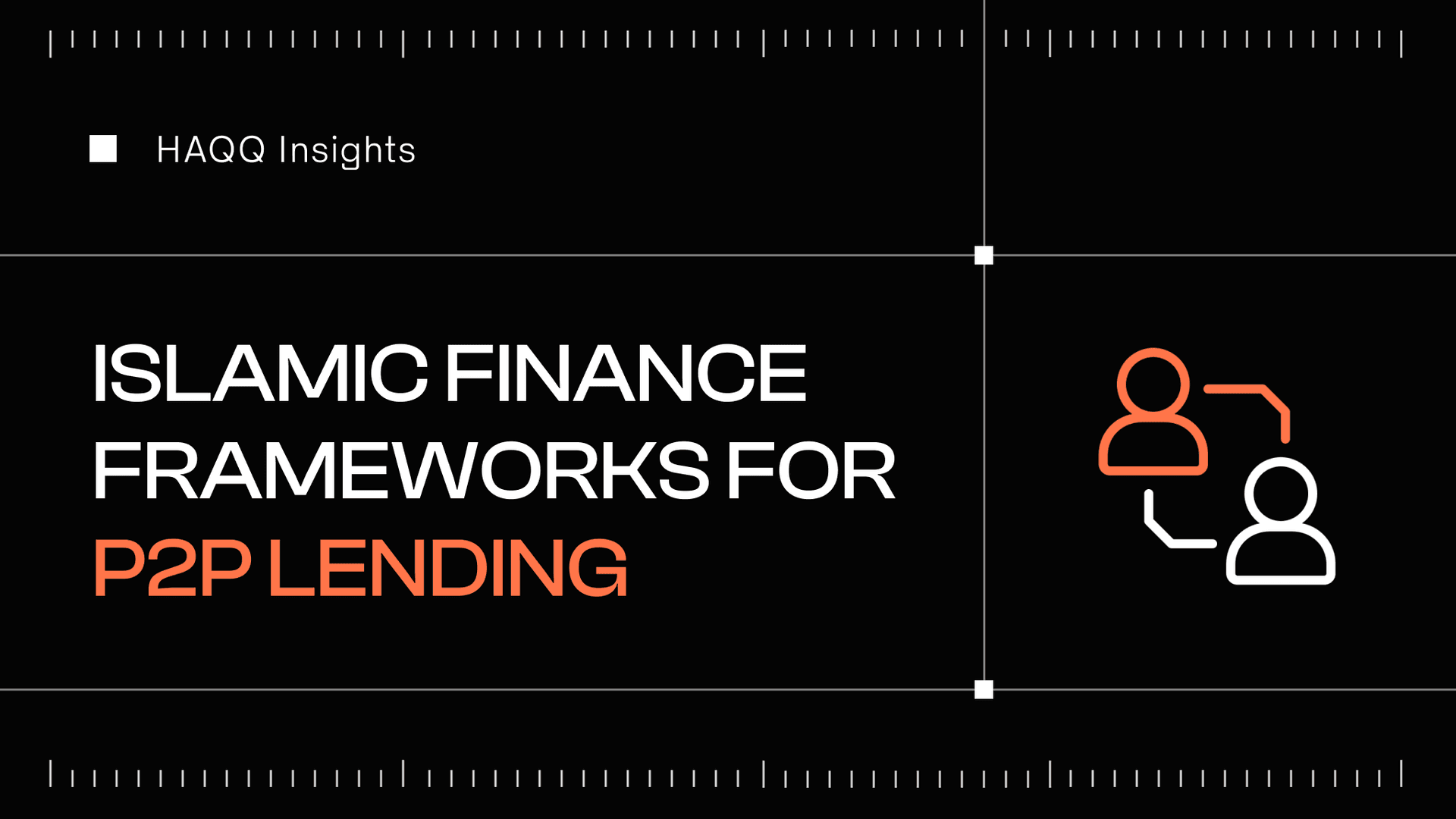
Understanding Soulbound Tokens(SBTs)
Soulbound Tokens (SBTs) — are digital identity tokens that represent the certificates, features, and achievements that make up a person or entity represented by wallet/address. SBTs are issued and represent blockchain accounts or wallets and cannot be transferred but possibly revocable by the issuer.
SBTs can be considered as a specific type of non-fungible token (NFT) that imposes restrictions on transfer rights and owner management. This ensures that the rightful owner of the token is its original recipient and did not buy it from another. An analogous example can be drawn with certificates issued to specific individuals.
Embracing the application of SBTs opens up exciting possibilities, allowing these tokens to function as verifiable certifications or irrefutable evidence of trust bestowed by the token issuer. To delve deeper into the intricacies of SBTs and their potential impact, we invite you to explore this article. Uncover how SBTs can revolutionize digital identity and foster trust in blockchain ecosystems.
Concept
The main idea behind SBT is the use of non-transferable certificates to establish trust, origin, and reputation. While there is no limit to the number of SBTs that can be stored in a single wallet, it is possible for new SBTs to be issued by different organizations and hold different meanings.
Non-transferability of tokens is a requirement at the basic level, but it is important to consider this feature at the application level. For example, it is acceptable to transfer an approved loan with proper authorization. However, if the sender wants to show that they are a guarantor for the recipient, this transfer can also be made. Restrictive transfer functions mainly relate to bypassing the issuing platform, which means that tokens cannot be transferred from the user's perspective.
Nevertheless, their transfer is possible if implemented by the platform. However, in most cases, such transfers are unnecessary and may even have negative consequences. Let’s now explore a few theoretical applications:
- SBT can function as a variant of self-subscribed decentralized identifiers (DIDs). The true power of this mechanism emerges when SBTs held by one individual can be issued or attested to by other individuals who have reciprocal relationships. I will tell delve more into decentralized identification (DIDs) in my subsequent articles.
- The soul, which represents the digital signature of an artist, can exist at a level of abstraction beyond the wallet address. In this case, SBT can serve as a social connection, providing support and recognition for artists.
- Interactions between souls can mimic surety in real-world relationships.
- Soul-based lending refers to the utilization of SBT tokens within a wallet as a pivotal factor in determining credit ratings. The calculation of the credit rating may be influenced by an individual’s life achievements and interests. Additionally, SBTs from reputable authors can serve as evidence of loans taken, allowing for an assessment of an individual’s current debt load by verifying the presence of such SBTs.
- In particular, SBTS could become the basis for Islamic lending; in those conditions when it is unacceptable to take % because of religion, SBTS would become the basis for the practice of lending to communities, similar to those that were first introduced by Muhammad Yunus and Grameen Bank, when social network participants agree to support each other’s obligations.
P.S. Studying the history and the Grameen Bank way is highly recommended
- SBT is a resume issued by an authoritative source confirming certain skills.
- SBT as an alternative to trusted wallets (oracles) for social renewal — or a new approach to wallets with social restoration. Recall that SBT can represent membership in various communities. And the restoration of the wallet may be the decision of the circle of persons with whom he interacted.
- SBTs in the DAO are also a proposed alternative for voting decentralized autonomous organizations (DAOs). Instead of the current management model, which is based on the number of tokens a member owns, DAOs can issue SBTs that assign voting rights based on user interaction with the community. This model will prioritize voting for the most dedicated users with a strong reputation. In addition to creating a reputation-based voting system, SBTs can improve the integrity of DAO voting, namely protection against Sybil attacks. But not completely; in the context of Sybil, DAO participants can now sell not tokens but access to wallets with SBT. This will increase the complexity of the attack many times and will not make it impossible. An additional complication may be checking correlations between SBTs that support a certain vote and applying a lower vote weight to voters with a high correlation.
There is an almost unlimited number of applications for SBT. Still, the essential thing that SBT raises as a critical issue for the development of WEB3 is the implementation of mechanisms for restricting rights, including ownership or access rights. Creating a flexible tool for the possibility of rights and management will allow you to implement the fullness of interaction from the real world in WEB3.
Implementations of SBTs
A token on the Binance SmartChain network confirming the passage of KYC by Binance, the main application for AirDrop and DAO.
In partnership with Fractal, NEAR is releasing a USB token to confirm your humanity by photo/video. Unlike Baby, KYC is not required, and a basic SBT approach is planned so that many different SBT tokens are formed on one account.
SBT implementations on HAQQ

As part of the Sharjah Oracle project on the HAQQ, we are developing a new SBT implementation. This implementation will issue certificates approved by the community and the Sharia board, verifying the halal status of interactions with the corresponding smart contracts.
Our team is working on establishing a solution enabling voting on the network at the Cosmos layer and issuing SBT tokens to smart contracts at the EVM layer. In upcoming articles, we will delve deeper into the implementation details of this mechanism and provide further insights.
References
Decentralized Society: Finding Web3’s Soul
Author: Sergei Vorobev




